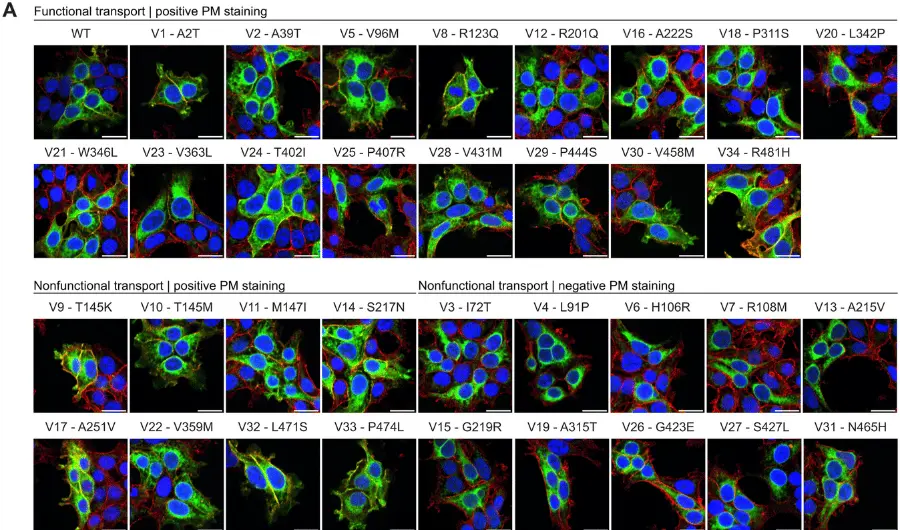Rodent EEG: Expanding the Spectrum of Analysis
May 14, 2020
Abstract, published in Sage Journal
In epilepsy research, the analysis of rodent electroencephalogram (EEG) has been performed by many laboratories with a variety of techniques. However, the acquisition and basic analysis of rodent EEGs have only recently been standardized.
Since a number of software platforms and increased computational power have become widely available, advanced rodent EEG analysis is now more accessible to investigators working with rodent models of epilepsy. In this review, the approach to the analysis of rodent EEG will be examined, including the evaluation of both epileptiform and background activity.
The team also reviewed major caveats when employing these analyses, cellular and circuit-level correlates of EEG changes, and important differences between rodent and human EEG. The currently available techniques show great promise in gaining a deeper understanding of the complexities hidden within the EEG in rodent models of epilepsy.







